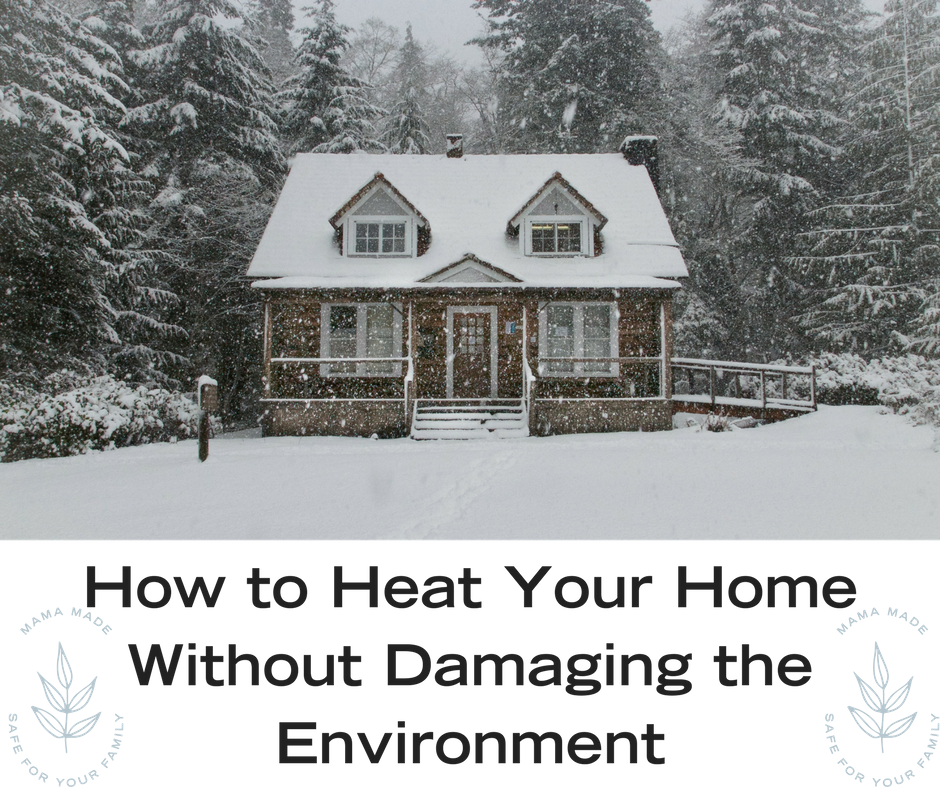
How to Heat Your Home Without Damaging the Environment
How to Heat Your Home Without Damaging the Environment
As winter approaches, there will come a point when you decide to switch on the heating. For environmentalists, this can be a difficult moment, but we’re here to help you live sustainably, so that you can heat your home guilt-free. Follow these tips to ensure you do as little damage to the environment as possible.
 Photo by Sam Beasley on Unsplash
Photo by Sam Beasley on Unsplash
Insulation
Most homes in the USA are not properly insulated. The sum total of air leakages in the average American household is equivalent to having a window open all year round. This means that heat escapes during the winter and the outside cold air is let in. As a result, American families are having to turn up their heating, burning more fuel than necessary.
Most heat is lost through the attic and roof, so check that this area is thoroughly insulated with high quality materials. Then make sure to insulate cavity walls, tanks, radiators and floors. Aim for R-value thermal insulation, which has the maximum performance. This would require proper installation from a professional, but will save you money in the long run. Also, materials such as wood fiber, hemp and sheep’s wool are the most eco-friendly and very efficient solutions, while plastic materials rely on fossil fuels and can release harmful toxins.
Non-Pollutant Cleaners
The problem with airtight homes is that, while they hold in heat, they also stop harmful chemicals from escaping. Indoor air pollution is responsible for 4.3 million deaths globally each year, making it more deadly than outdoor air pollution. After completely insulating your home, ensure you also have proper ventilation and use cleaners which are free of harmful particulates, so the air in your home remains clean.
Avoid products containing hydrochloric acid, phosphoric acid or sodium hydroxide. Instead purchase cleaners containing natural substances, such as baking soda, vinegar, and essential oils.
Clean Energy
However well insulated your home is, if you live in a cold area then it is always going to need heating. There are many different ways to heat a home, each of which vary in their effect on the environment. Instead of a coal or wood burning fire, consider a bio-ethanol fireplace. This will provide the warmth and comfort of a fireplace, whilst using only the cleanest burning fuel.
Ideally, you will find a way to switch to an energy source which is completely renewable and doesn’t release harmful chemicals. For areas with a lot of sun, solar panels are a great way to gather electricity during the day and heat your homes at night. Windy areas, on the other hand, are increasingly building wind farms to supply electricity. The switch to clean energy is happening slowly and may be expensive, but it is one way to be sure that your electric heater is doing no damage to the environment.
Heating your home shouldn’t be a guilty pleasure. If you are still reliant on energy that releases greenhouse gases, then you can limit your use by insulating your home. This is the quickest and most effective way to reduce energy consumption. Just make sure to limit your use of indoor air pollutants to maintain clean air both inside and out.
Contribution by freelance writer Sally Writes



Leave a comment